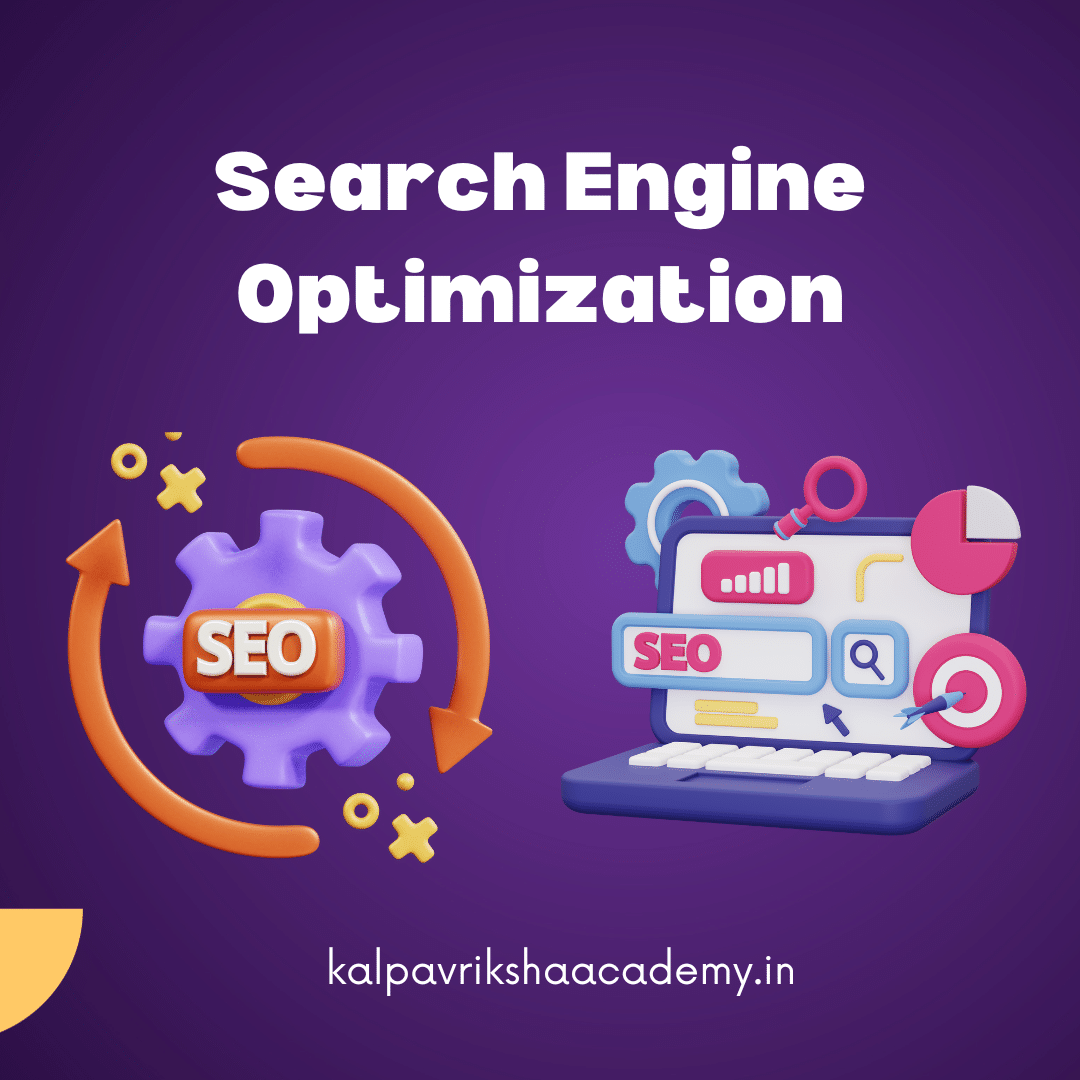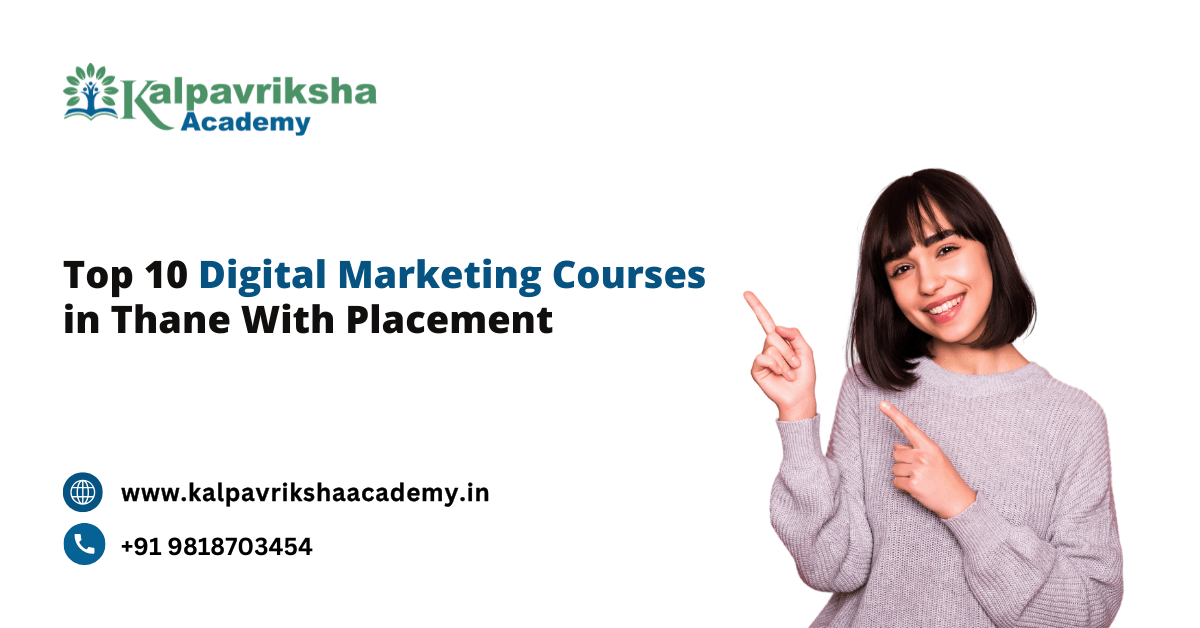What is Search Engine Optimization (SEO)?
Search Engine Optimization (SEO) improves a website’s technical setup, content relevancy, and link popularity to make its pages more accessible, relevant to user search queries, and popular with users. Here, SEO helps search engines rank these pages higher.
Search engines recommend SEO practices that improve user search experiences and page rankings by providing relevant content. This includes using relevant keywords in page names, meta descriptions, and headlines (H1), descriptive URLs using keywords rather than numbers, and schema markup to explain the page’s content.

How Does Search Engine Optimization (SEO) Differ from SEM and PPC?
The main distinction lies in the fact that search engine optimization (SEO) aims to enhance a website’s performance thereby boosting its search traffic. Conversely, search engine marketing (SEM) seeks to augment both organic and paid search results to maximize exposure and drive traffic.
Pay-per-click (PPC) marketing emphasizes paid search, social media, and display advertising whereas search engine optimization (SEO) focuses on traffic from organic search engines.
Why Content Is Important For SEO
Why SEO is Important?
SEO is important because of the following benefits: –
-
Website traffic from organic searches is highly valuable
One of the most significant drivers of website traffic for most businesses is organic search. Sometimes search engine optimization traffic is the most important.
-
SEO is cost-effective
SEO costs less than paid social and other traffic-driving strategies. Planning, design, copywriting, landing pages, and testing cost a lot in paid acquisition. Not to mention advertising costs. Search engine optimization requires website and content investment. No sponsored advertisement is needed. SEO results might also last. Even if you spend nothing.
-
SEO builds credibility, trust, and brand recognition
Search results often establish your brand as a reliable source of information.
Think about it: The SERPs are highways. Pages that rank are billboards. Your brand awareness will increase with more searches. Brand awareness increases the likelihood of a customer choosing you over a lesser-known competition.
-
Website Search Engine Optimization Is a Scalable Growth Channel
In terms of client acquisition channels, SEO is one of the few that is scalable. Think of SEO as a feedback loop, where your input (the creation of content) leads to your outcome (improved rankings, increased traffic, and new customers). More material that improves search engine results, website traffic, and sales can be produced using the proceeds. A growth loop describes this pattern of expansion.
-
SEO Accounts for Shifts in Buyer Habits
By focusing on search engine optimization, you can anticipate shifts in consumer behavior and adapt quickly. Because, if done properly, keyword research will reveal both growing and waning tendencies.
How Does SEO Work?
When people have a question and want to find the answer online, they turn to search engines. Algorithms in search engines are the programs that sift through data for hints about what users are looking for. Algorithms are what allow search engines to identify and rank websites for specific keywords. Crawling is the first part of the search engine process; indexing is the second; and ranking is the third and last stage, which is the retrieval phase.

Step 1- Crawling
The infant should begin by crawling. Web crawlers are sent out by search engines to discover and catalog newly published content. These bots are sometimes known as spiders or robots. The goal is to find new websites and revisit previously visited sites to determine if any changes or updates have been made to the material.
Web pages are crawled by search engines by following links the crawler has already found. If you have a blog post and link to it from your homepage, when search engines crawl your homepage, they may decide to check out your new blog post as well.
Step 2- Indexing
Indexing is the next procedure. When a search engine decides to make use of the content it has crawled, this process is known as indexing. A web page will be added to a search engine’s index if and only if the crawler determines it to be of sufficient quality. The final step in ranking employs this index. An index is a list of all the web pages and other information that have been filed away in a database for subsequent retrieval. Most pages with original and useful material get added to the search engine index. For many reasons, a web page may be excluded from the index.
Duplicate information can be found on its pages. The information it contains is regarded as useless or spammy. No one could have crawled it. No incoming links were found for this page or domain.
Step 3- Ranking
Consider ranking as the third and most crucial step. Crawling and indexing must be finished before ranking can occur. Therefore, your site’s ranking can be determined once a search engine has crawled and indexed it. Search engines utilize more than 200 ranking signals to categorize and rank content; these signals can be categorized as either technical, on-page, or off-page optimization signals.
How to Learn SEO?

Practice makes perfect when it comes to mastering SEO.
It’s possible that you already have a website that you’d like to optimize with SEO techniques. The alternatives are as follows if you don’t:
- Create a blog on something you’re enthusiastic about and aim to achieve high search engine rankings for.
- Get going on something on the side (like an affiliate website) that could eventually become a second source of revenue.
- Freely aid a close friend or relative in improving the performance of their website.
Conclusion
In addition, every specialty has its own unique characteristics. Having a personal project where you may freely experiment can be useful even if you already have a website for your business. You may improve your search engine optimization skills by working on additional websites.










